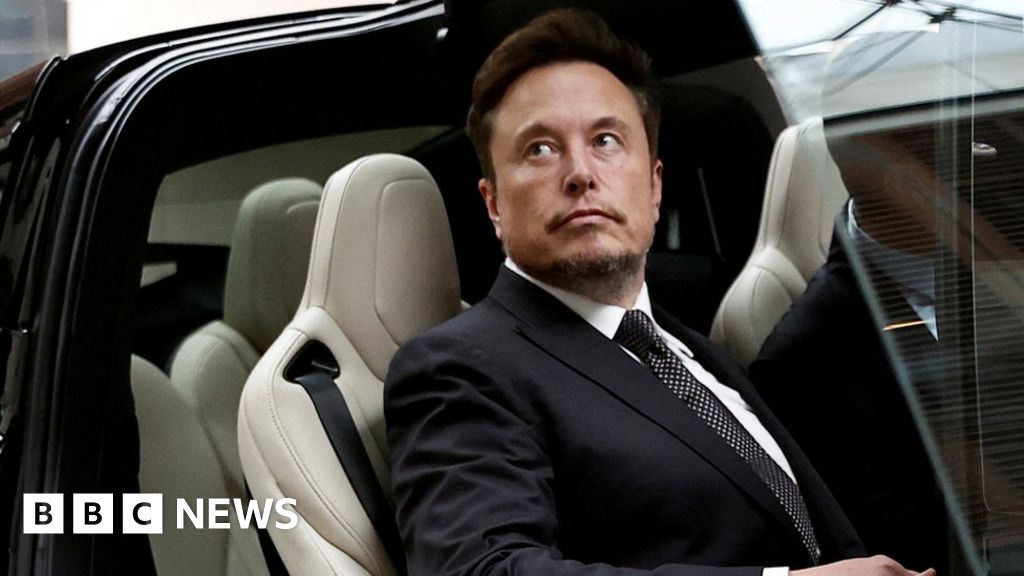Tyres are low on my 2020 M3. For anyone that's replaced, what have you replaced with?
I’ve been told Michelin CC’s are good.
Hankooks same to be reasonably priced and get good reviews on the owners groups/pages.
Tyres are low on my 2020 M3. For anyone that's replaced, what have you replaced with?

Think I went for p4s's on mine when they needed doing. No complaints from me (other than costTyres are low on my 2020 M3. For anyone that's replaced, what have you replaced with?
 ).
).Tyres are low on my 2020 M3. For anyone that's replaced, what have you replaced with?
And as soon as the insurance companies figure out how expensive repairing these one peice castings is the insurance costs will rocket even more than normal for a Model 3....
You just made that up yeah?The reality is that if any car has chassis damage, it’s written off so it will not make any difference to insurance costs.
Likewise the repair process that a backstreet garage or a garage bodger would undertake shouldn’t be any different to a standard vehicle. The bent section is cut out and replaced or pulled back into alignment.
Why don't you tell us then instead of posting a snarky commentYou just made that up yeah?

Surely elastic deformation isn't the problem, only when in goes into the plastic region (which I realise might not take much if its a casting).Truth is no one knows. No one knows how plastic and elastic deformation post event is dealt with on a casting, panels are modular, that’s the beauty of them.
There’s nothing sarcastic about fact-checking is there. Don’t let the emotion make it feel like you have been personally attacked. I have not ran over your dog. It’s a manufacturing speed choice with not benefit to the inlife operation of the car.
When I ask if you have made that up I am asking a question, it is far from “snarky”
 rear impacts are unlikey to deploy any systems. If you are better informed fire over your CV.
rear impacts are unlikey to deploy any systems. If you are better informed fire over your CV.And as soon as the insurance companies figure out how expensive repairing these one peice castings is the insurance costs will rocket even more than normal for a Model 3....


